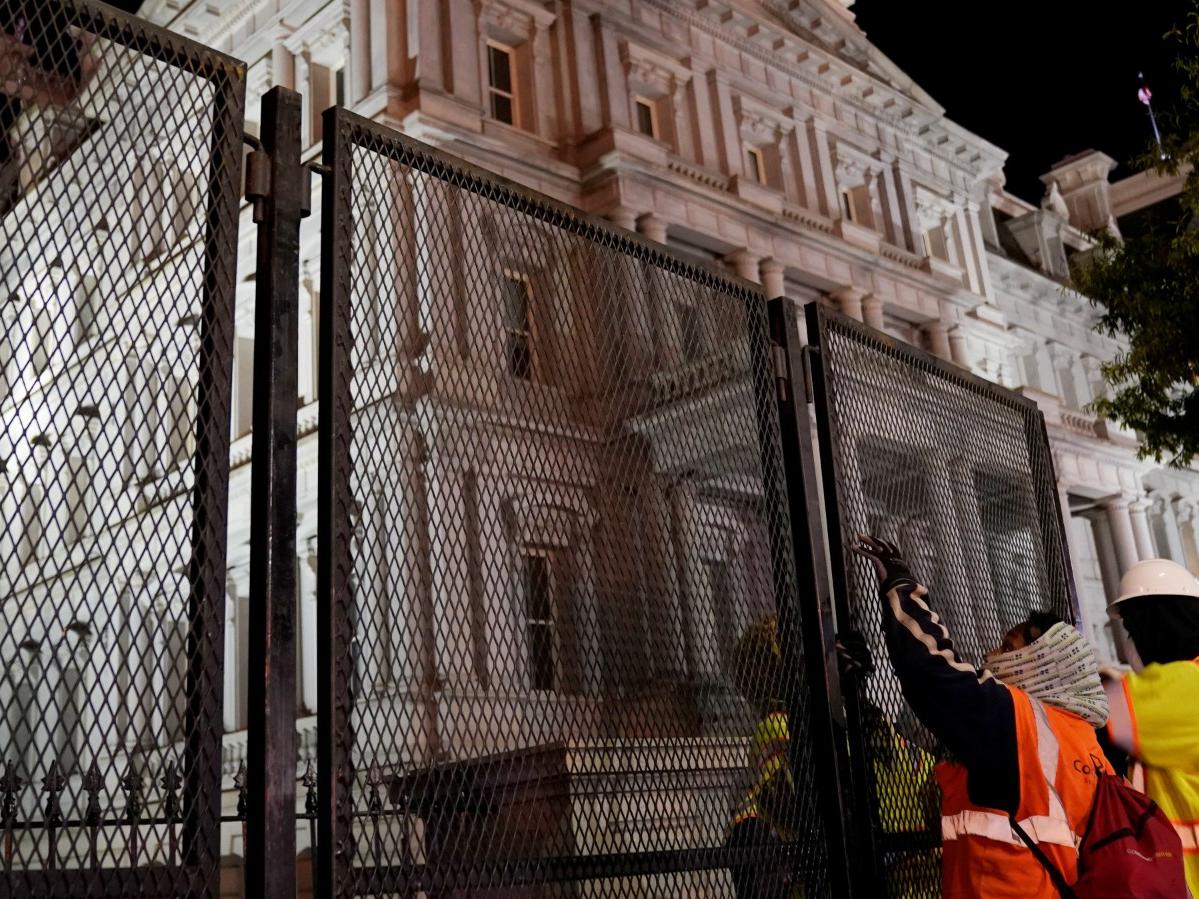




As the United States approaches the pivotal presidential election on November 5, 2024, concerns about civil unrest continue to mount. In Oakland, California, several buildings in Downtown were boarded up on November 4, 2024, in anticipation of potential protests. This precautionary measure follows past unrest in the city, notably after the 2016 election, which resulted in significant property damage. The FBI is actively monitoring threats nationwide and has established a command post in San Francisco to coordinate responses [554cca5b].
The political landscape remains highly polarized, with Verisk Maplecroft warning that the risk of civil unrest in the U.S. is at its highest level since the Black Lives Matter protests following George Floyd's death. The firm's SRCC Predictive Model indicates that 755 counties are classified as very high or high-risk for unrest, with New York, Kings, and Washington D.C. being the top areas of concern [6beb5f31].
In Oakland, the local police department is increasing staffing to ensure that any gatherings remain peaceful. Additionally, at least 245 National Guard personnel have been activated across 18 states to assist with potential unrest, although California is not among those states [554cca5b].
The heightened tensions are further fueled by the political climate, where a staggering 75% of Kamala Harris supporters and 80% of Trump supporters express disagreement with each other's values. This division has contributed to the categorization of the U.S. as one of the highest-risk countries for civil unrest globally [6beb5f31].
Experts warn that the potential for violence at polling stations or in the event of contested election outcomes is significant. The January 2021 Capitol riots serve as a stark reminder of the risks associated with election-related tensions, and agitator groups may pose increased threats to public officials during this election cycle [6beb5f31].
In a recent report, Capitol Police have issued warnings about heightened threats to government officials and election sites following the 2024 presidential election. They anticipate violence and civil unrest surrounding the 2025 electoral vote certification and presidential inauguration. While fewer threats to Congress were noted in 2024 compared to 2020, a rise in threats is expected post-Election Day, fueled by escalating social media rhetoric that suggests a conducive environment for politically motivated violence [e19a74d6].
An activist group has already announced plans to protest the inauguration regardless of the election outcome, and protests are also expected on January 6, 2025. The report highlights foreign influence, particularly from Russia and Iran, as a factor exacerbating tensions, alongside the unpredictability of lone actor violence [e19a74d6].
Ray Dalio, founder of Bridgewater Associates, has also cautioned about the potential for a 'civil war' in the U.S. as political polarization deepens. The combination of economic inequality and rising debts further exacerbates the situation, leading to predictions of a decline in U.S. global influence [cce79016].
However, John S. Hollywood from RAND argues against the media's sensationalism surrounding the idea of a civil war, noting that public concern about civil unrest is often exaggerated. He cites a poll indicating that only 4% of Americans truly support political violence, and incidents of political violence by domestic extremists have decreased by over 80% since 2020. Furthermore, he emphasizes that two-thirds of mass attack plots are personally motivated rather than politically driven [35ff180d].
As the election day approaches, the potential for unrest looms large. Verisk Maplecroft cautions that while elections typically do not predict unrest, the current environment is particularly volatile, and tightly contested elections could significantly raise the risks of civil unrest [6beb5f31].
In summary, the combination of political polarization, socioeconomic factors, and the upcoming elections creates a precarious situation for the United States. The need for effective governance and a restoration of public trust in institutions is crucial to mitigate the risks of civil unrest and maintain global stability [cce79016].